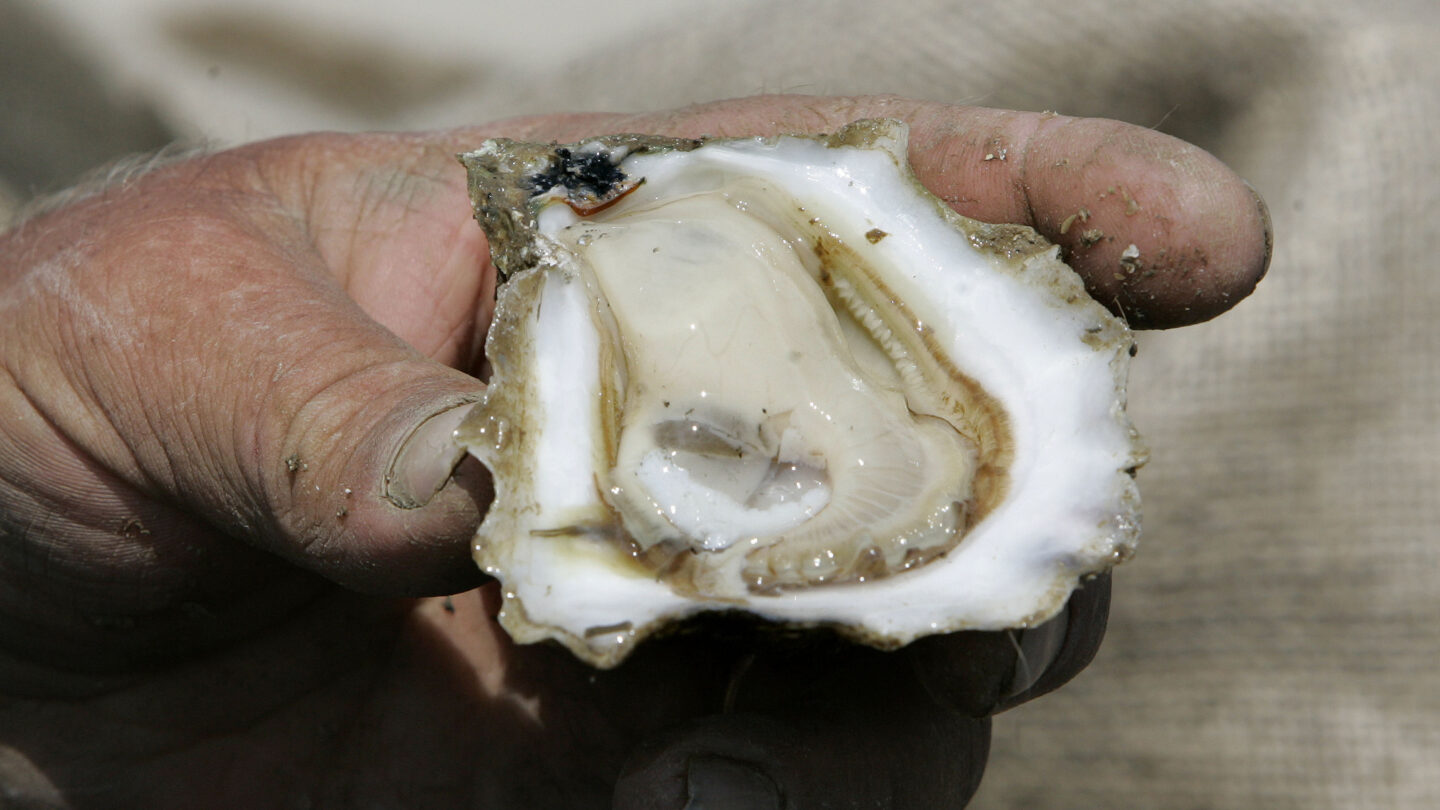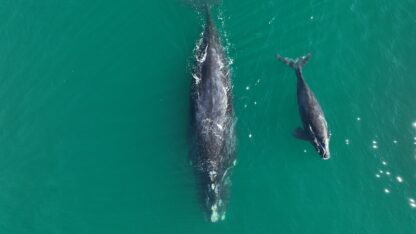Fledgling Georgia oyster fishery held back by limits

In a bustling seafood kitchen outside Atlanta, chefs scramble to shuck and prepare plates of fresh, glistening oysters for the lunch rush — but the mollusks are from Maine, not the Georgia coast some 200 miles East.
Rich Clark, the owner of C&S Seafood & Oyster Bar in Vinings, said he buys Georgia oysters on the rare occasions he can find them because they have a wonderful, unique flavor that combines the brine of the cold water Northern oysters with the plump texture and mildness associated with those from the Gulf.
“I would prefer to buy straight from the farmer,” said Clark.
When it comes to oysters, origin is everything, he added. “It’s exactly like wine.”
Three years after legalizing commercial oyster farming, Georgia’s oyster industry is hampered by a lack of commercial oyster hatcheries and a limited harvest season. Seafood restaurants say they are eager to serve local oysters to hungry patrons, while lawmakers from rural Georgia see an opportunity to boost coastal economies with an environmentally sustainable business.
Oyster farmers and others who hope to see the industry grow will be closely watching an experimental off-season harvest this summer conducted by the state Department of Natural Resources, the state Department of Agriculture and the University of Georgia. That could open the door for year-round oyster harvesting, creating jobs and supplying restaurants like Clark’s with more of the popular delicacy, they say.
The Georgia Legislature legalized oyster farming in 2019. That created a legal structure for the state to lease out approved spaces along the Georgia coast to private oyster farms. These spaces are closed to the public.
While oysters are grown in about 19 leased spaces off the coast, farmers must obtain oyster larvae from a hatchery.
Hatcheries play an important role in producing single oysters for market. In the wild, oysters grow in clumps, making them difficult to harvest.
“Folks were going out and collecting wild oysters and basically culling one oyster off of a whole cluster,” said Jared Hulteen, the co-founder and operations director at Barrier Island Oyster Co. in South Carolina. “What you’re doing, in that case, is killing 85% of the oysters to get to one. It’s not a sustainable process.”
Currently, the only hatchery in the state is at UGA’s Shellfish Research Lab.
“Our hope is that in five or 10 years, once the industry is growing, all of our production is for research, and commercial productions are handled by private hatcheries,” said Thomas Bliss, the lab’s director.
Rural lawmakers have expressed support for expanding the number of hatcheries, but have not put forward any proposals.
An abundance of oysters could also help Georgia’s coastal ecosystems thrive, said Bethany Walton, the executive director of Oyster South, an organization dedicated to promoting oyster farming in the region.
One adult oyster can filter up to 50 gallons of water each day, contributing to a healthier ecosystem.
“I think it’s important for people to understand that you’re not taking away from the system,” Walton said. “Farmers are adding stuff to it, but now there are shells that are providing a habitat for others — larvae, crabs, shrimp or shellfish that can settle in there.”
Unlike some neighboring states, oyster farmers in Georgia can only harvest from October to May.
That’s because in the summer months, oysters can host harmful amounts of a bacteria called Vibrio, which causes an estimated 80,000 illnesses and 100 deaths per year, according to the Centers for Disease Control and Prevention. The bacteria thrives in warm water.
Ocean temperatures are rising as a result of climate change, and state scientists have seen a similar trend off the Georgia coast. A study published last year concluded climate change is a major factor in spreading Vibrio infection.
If the state’s experimental summer harvest shows dangerously high levels of the bacteria, it could challenge plans to extend the oyster season.
One adaptation is the use of floating gear.
Floating gear allows farmers to control for warmer water by keeping the animals submerged with pontoons. Oysters that stay underwater can remain open and continue filtering out bacteria. Oysters exposed by low tide will close up.
Floating gear also allows farmers to gather their oysters and return quickly to the dock, where the shellfish can be cooled.
Georgia has recently begun awarding subtidal leases that allow farmers to use floating gear. Three were awarded in McIntosh County and three more are expected to be awarded this month in Chatham County. For now, these farmers must continue to operate within the regular October — May season.
Dominic Guadagnoli, the state’s shellfish and water quality program manager, said similar summer harvest experiments have gone well in neighboring states. If Georgia’s does too, oyster farmers could apply for closed-season harvesting permits as soon as 2023, he said.
Lawmakers on the rural development committee were recently presented with economic research from UGA’s Marine Extension and Georgia Sea Grant projecting potentially hundreds of jobs and millions of dollars in revenue from expanding oyster farming.
Legislators wrote in their final report that they planned to “capitalize on neighboring states’ experiences” to make local oysters accessible in Georgia restaurants.
South Carolina implemented year-round harvesting in 2017. Research published by Clemson University and the South Carolina Sea Grant Consortium shows that South Carolina’s off-bottom oyster industry created 130 jobs in 2019.
Fresh, local oysters are more than just a food product, said Walton of Oyster South.
Oysters tell a story about where they came from because they absorb the taste of the saltwater, algae and other characteristics from their habitat, she said.
“I just love how it’s a way for people to tell the story of how the oysters came to be,” said Walton. “It’s a crazy, wonderful oyster world!”
This story was produced by Fresh Take Georgia, a news service of the Center for Sustainable Journalism at Kennesaw State University. The reporter can be reached at sswetlik@freshtakegeorgia.org.








